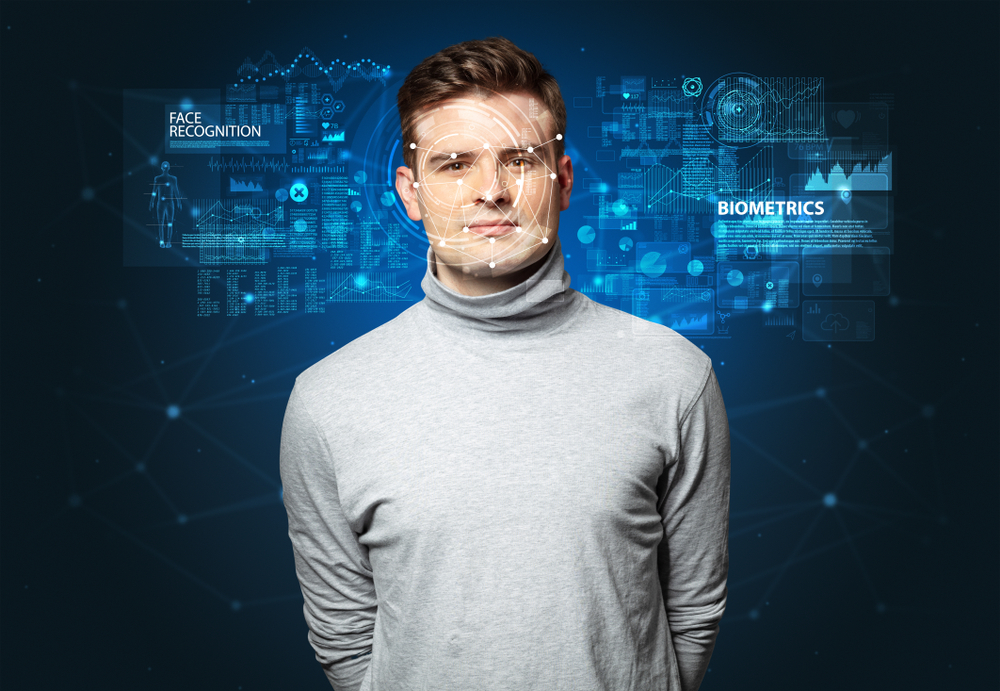
As technology around facial recognition software grows more effective and a variety of use cases reveal themselves, many are left considering whether the software is reliable. How do the benefits of using facial recognition software stack up to the key concerns regarding this technology?
Benefits of Facial Recognition Software
Time Savings
Many organizations leverage facial recognition software in order to speed up entry processes. For example, instead of each employee shuffling in their bag for their badge or phone, facial recognition software allows for instant verification for access control. It also allows for highly-customized access levels throughout the building.
When companies leverage facial recognition in their video surveillance systems, the feature can also help with quick follow-up and pinpointed searches. Instead of playing back every camera to investigate an incident, security teams may be able to analyze all footage containing a specified person.
Rapid Identification
When integrated with access control solutions, facial recognition software can turn entry processes into a breeze. Reliable facial recognition has the potential to quickly scan and match faces against databases of registered and authenticated individuals. Instead of relying on key cards that can be lost or stolen, this method of authentication can create tighter security. The rapid identification capabilities can also make for quicker investigations and ease of follow-up if security incidents do occur.
Crime Prevention and Investigation
Whether law enforcement agencies are searching for a missing person or office security staff are following up on a suspected theft, facial recognition technology can serve as a crucial tool in investigations. Identifying suspects and analyzing their actions while on camera can help build evidence in criminal investigations.
Facial recognition technology can also help prevent crime in cases when there is an individual on a watchlist. Security personnel can be alerted when restricted or watchlisted individuals enter specified areas, allowing for quicker reaction times.
Key Concerns
While facial recognition software offers exciting benefits for access control, crime prevention, and footage analysis, it also comes with its own set of new concerns.
Privacy
It’s difficult to have a conversation about facial recognition software without discussing privacy concerns. As this technology grows more common, members of the public continue to express anxiety at the prospect of constantly-collected and processed biometric data. Questions about storing personal data and consenting to surveillance are common. Mass surveillance and the concept of someone always watching raises valid discomfort for many.
Bias
In many cases, facial recognition algorithms are trained using large datasets of posed pictures. If the data is not sufficiently diverse and representative, biases present in the data can then carry into the functions of the facial recognition software. These biases can cause misidentification of certain groups, particularly people of color, which raises concerns about fairness and the potential for discrimination.
Some facial recognition software, such as SAFR face-based identity authentication from realnetworks, aims to counteract this important concern by leveraging homegrown data sets instead of posed photos from a database.
Lighting
Because facial recognition software relies on clearly capturing images of faces, shifting lighting conditions are a concern for many security professionals. Whether a scanner is present in a lobby full of natural light that will change throughout the day or a camera monitors a hallway that goes dark after hours, lighting changes call the accuracy of facial recognition technology into question. Some software helps account for this with camera-integrated lighting systems.
Spoofing
As with any aspect of security technology, the rise of facial recognition software has also introduced an increase of ways to “fool” this technology. Spoofing refers to tricking a facial recognition system through methods such as holding up a photo, a video, or a mask or someone with higher access levels or special credentials. Especially in access control applications, spoofing can pose a true threat to physical safety. Fortunately, many facial recognition solutions account for this risk by implementing spoofing detection features.
While facial recognition technology is far from perfect, it’s exciting to see organizations like SAFR begin to tackle some key concerns around this new development in security software. While valid concerns still remain around privacy and personal data, some facial recognition software can be used reliably for access control and video surveillance. To discuss whether this solution is a fit for your business, get in touch today!
Related Posts
Demystifying Cloud Security
Understand the top concerns holding enterprises back from hosted security systems
Technological...
Top Tools for Occupancy Planning
Optimize budget and improve productivity with these occupancy planning tools.
One of the many...
A Look Ahead: What's Coming in the Security World in 2023?
Here are four big changes on the horizon this year in the security industry.
While 2022 brought...
